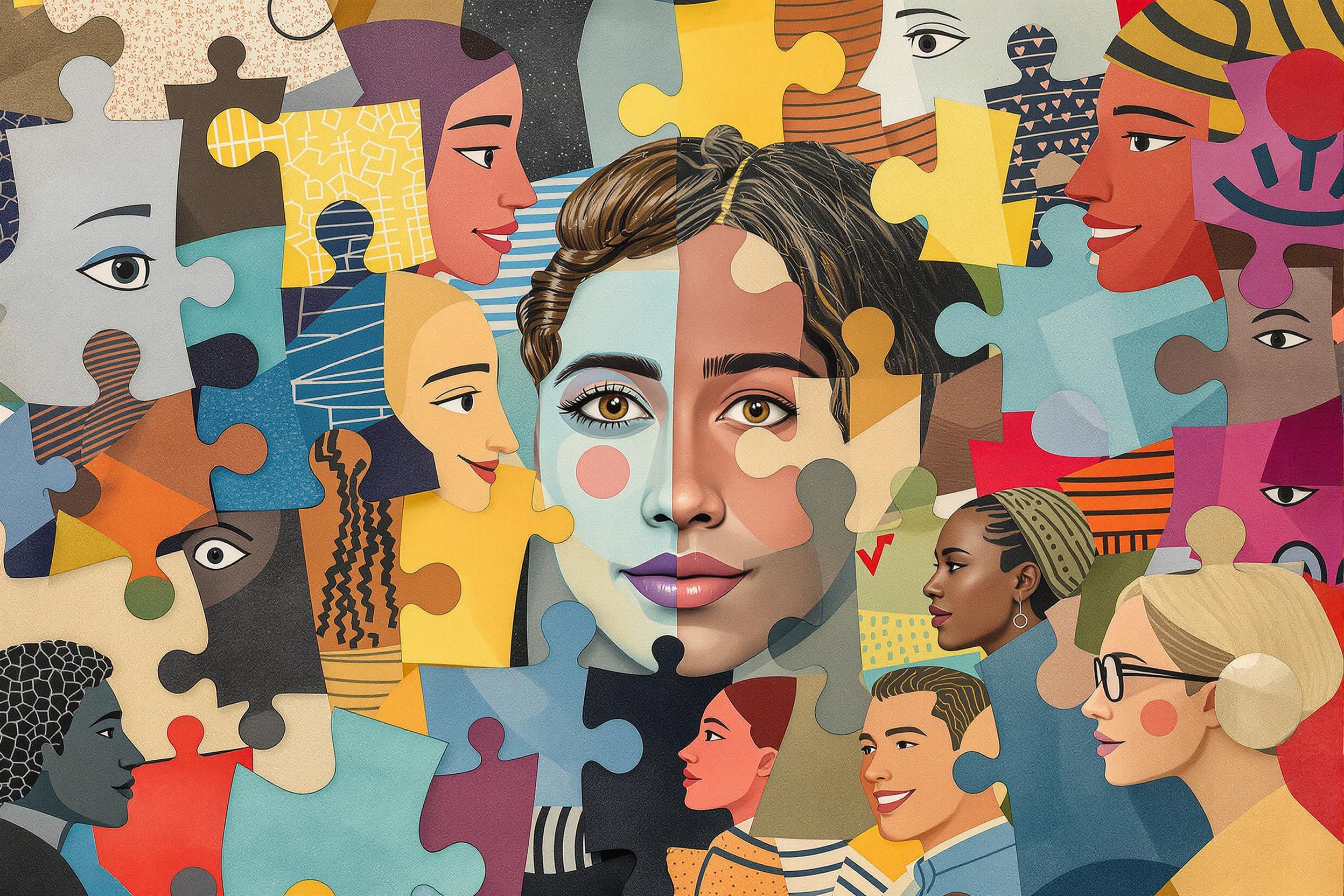
Aspect Ratio
Aspect ratio is the relationship between the width and height of a screen or image. Think of it like a TV or movie screen's shape - some are more square, others are wider like a rectangle. In animation and storyboarding, artists need to know about aspect ratios because they determine how much space they have to work with when creating scenes. It's similar to choosing between a wide canvas or a tall one for painting. Common aspect ratios include 16:9 (wide format used for most modern TV shows) and 4:3 (more square format used in older shows). Understanding aspect ratios helps artists plan their scenes and ensure their work will look correct on different screens.
Examples in Resumes
Created storyboards for television series maintaining Aspect Ratio requirements for both streaming and broadcast formats
Adapted feature film sequences from 2.35:1 Aspect Ratio to 16:9 for streaming platform delivery
Supervised team of artists ensuring consistent Aspect Ratio standards across multiple animation projects
Typical job title: "Storyboard Artists"
Also try searching for:
Where to Find Storyboard Artists
Online Communities
Professional Organizations
Job Resources
Example Interview Questions
Senior Level Questions
Q: How would you handle a project requiring multiple aspect ratio deliverables?
Expected Answer: A senior artist should explain their process for planning compositions that work across different formats, such as creating safe zones that work in both widescreen and standard formats, and discussing how they would guide their team through such requirements.
Q: How do you ensure story clarity when converting between different aspect ratios?
Expected Answer: They should discuss methods for preserving important visual elements, managing scene composition, and ensuring the story reads clearly regardless of format changes.
Mid Level Questions
Q: What considerations do you take into account when storyboarding for different aspect ratios?
Expected Answer: Should demonstrate understanding of how different formats affect composition, character placement, and scene planning, with examples from their experience.
Q: How do you handle action sequences across different aspect ratios?
Expected Answer: Should explain how they ensure dynamic movement and action remains clear and impactful across different screen formats.
Junior Level Questions
Q: What are the most common aspect ratios used in animation today?
Expected Answer: Should be able to identify standard formats like 16:9 and 4:3, and explain basic differences between them.
Q: How do you ensure your storyboards fit the required aspect ratio?
Expected Answer: Should explain basic understanding of working with templates and guides to maintain correct proportions in their work.
Experience Level Indicators
Junior (0-2 years)
- Understanding of basic aspect ratios
- Working with templates
- Basic composition skills
- Following format guidelines
Mid (2-5 years)
- Working with multiple formats
- Format conversion techniques
- Advanced composition planning
- Team coordination
Senior (5+ years)
- Multi-format project management
- Training team members
- Technical specification development
- Quality control across formats
Red Flags to Watch For
- Unable to identify common aspect ratios used in industry
- No understanding of safe zones in composition
- Lack of experience with format conversion
- Poor understanding of how aspect ratio affects storytelling
Related Terms
Need more hiring wisdom? Check these out...

How to align the HR strategy with the companys long-term business objectives

Culture Add vs Culture Fit in Hiring: Why It May Be Time to Rethink Your Approach

Automated Scorecards in ATS Systems: Your Secret Weapon for Smarter Hiring Decisions

